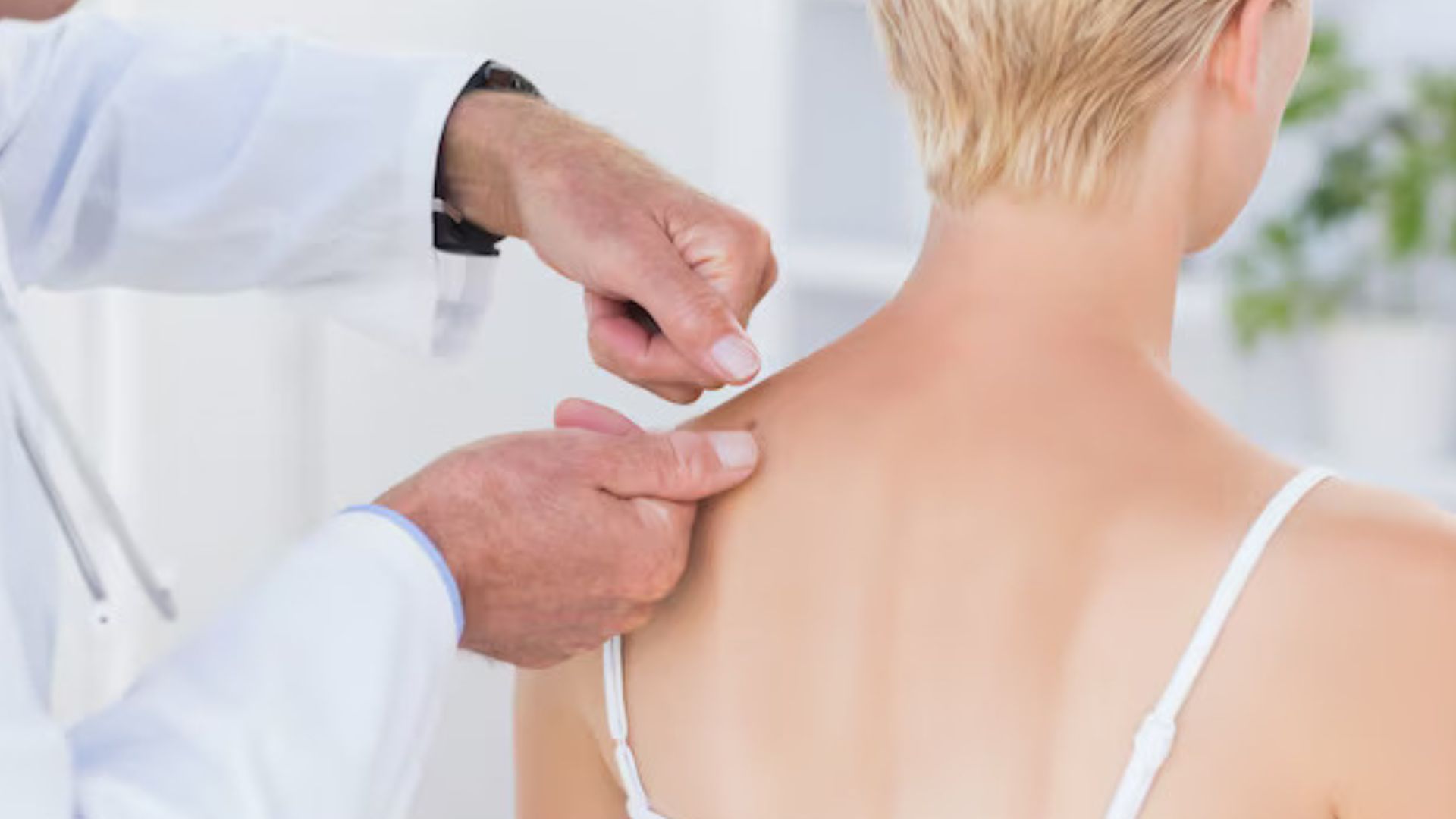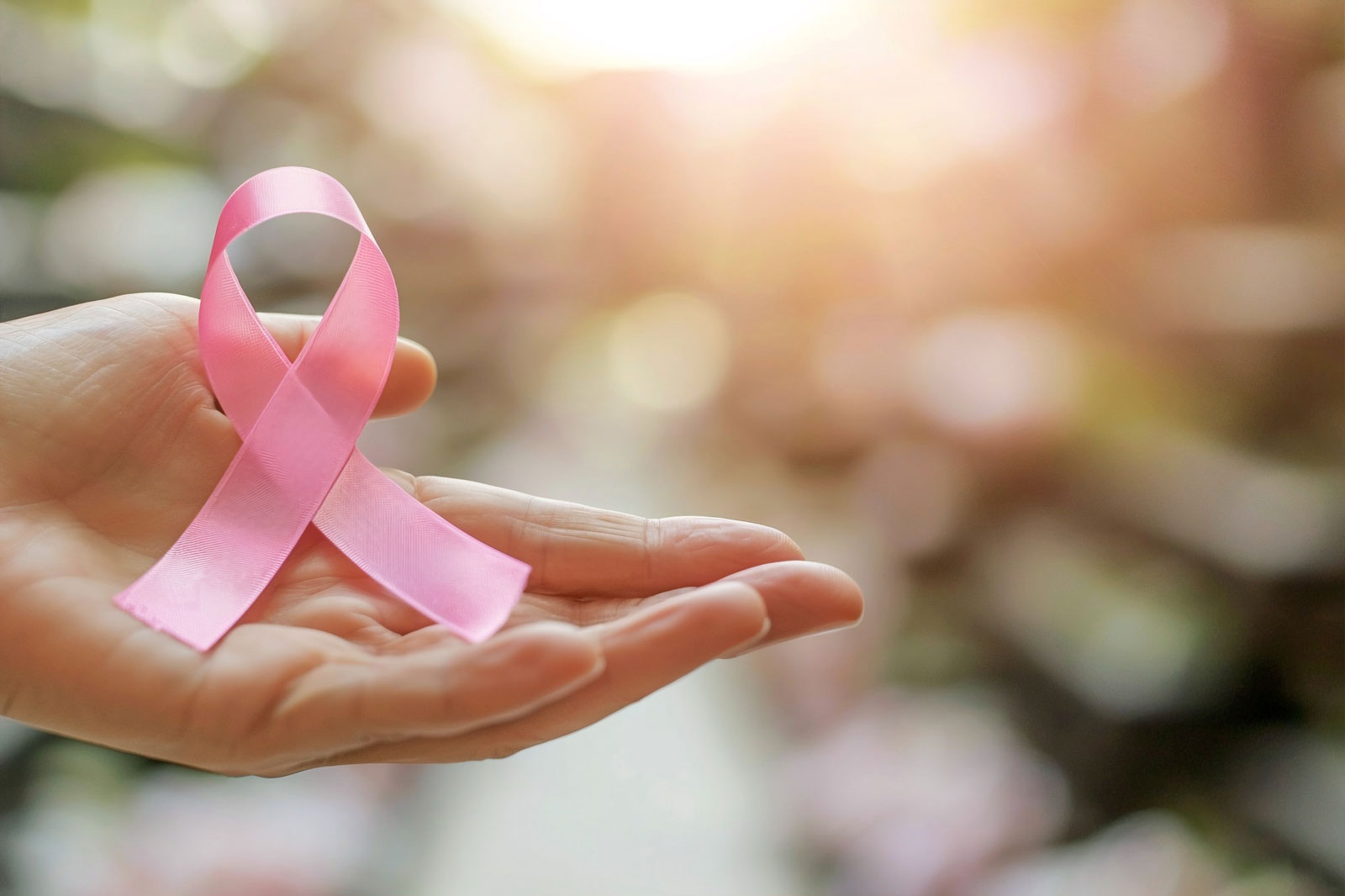

How a Full Body Mole Check Can Save Your Life
Skin cancer is the leading type of cancer. Melanoma, its most dangerous variant, can spread very quickly if not detected in early stages. However, the good news is that skin cancer is also the most preventable and curable cancer—if detected in time. That’s where a full body mole check comes in. Along with early detection, expert mole removal services can help eliminate suspicious spots before they become a threat. It’s a quick, painless scan that can literally save your life.
Here is everything you need to know.
What is a Full Body Mole Check?
A full body mole check is a comprehensive skin check-up that is conducted by a dermatologist or a trained skin cancer physician. The aim is to detect any abnormal moles, spots, or lesions that can be an indication of skin cancer. During the check-up, your physician examines your entire skin area — from scalp to the heel of your foot, including those you may not regularly look at, such as the back of the ear or between the toes.
Why Is It Important?
Early detection is crucial. If the melanoma is found early, the five-year survival rate is over 99 percent. If it spreads to other organs, that is dramatically reduced. A full-body mole examination helps uncover suspicious growths before they are malignant.
What Are They Searching For?
Doctors are trained to detect early warning signs of skin cancer with the ABCDE rule:
A – Asymmetry: The mole on one side is not equal to the mole on the other side
B – Border: The edges of the mole are notched, uneven, or blurred
C – Color: The mole is more than one color or has more than one shade
D – Diameter: Larger than 6 mm (about the size of a pencil eraser)
E – Evolving: Grows larger, changes shape, or color over time
They also search for:
- New moles that occur after age 30
- Itchy, bleeding, or painful moles
- Non Healing spots
- Growing in appearance like the rest of them (the “ugly duckling” rule)
Who Should Have a Mole Check?
Anybody can have a mole check, but some are at greater risk. You should have a mole check if you:
- Have skin cancer or a family history of skin cancer
- Have 50 or more moles
- Have pale skin, freckles, or light-colored eyes
- Have a past history of sunburn or use tanning beds
- Detect any new or changing moles
Individuals with compromised immune systems are also at risk and need to get regular checks.
How Often Should You Have It Done?
For the average person, an annual skin check is what is suggested. If you are more at risk, your physician may want you to come in every 6 months. You will also want to perform monthly self-exams in your home to look for new and changing moles.
What Does the Exam Involve?
The exam will take about 10 to 20 minutes. Here is what you can anticipate:
- You will be asked to undress down to your underwear. A medical gown or sheet is usually provided.
- The doctor uses a bright light and sometimes a dermatoscope, a special tool that magnifies skin spots.
- They will examine your entire skin, section by section.
- If they notice anything unusual, they can photograph it to monitor it or recommend a biopsy, which is simply removing a small sample and checking it.
It doesn’t hurt and only takes a few minutes.
What If They Find Something Suspicious?
Not everything that is out of the ordinary is cancer. If something appears suspicious, your doctor might:
- Monitor it for a while and have you see him/her in a few months
- Entirely remove it for biopsy
- Send you to a specialist
If the biopsy is malignant, treatment depends on the type and stage. Most early skin cancers can be removed entirely by a simple outpatient procedure.
Does It Cost a Lot?
Most locations cover insurance for full-body mole checks in case of a medical indication, i.e., a history of skin cancer in one’s family or a noticeable change in a mole. Otherwise, it is INR 1,000 to 3,000 in India or 100 to 200 dollars elsewhere.
Free skin check clinics are offered by some clinics in Skin Cancer Awareness Month in May or other health promotion.
Are There Any Risks?
There are no bodily hazards with a mole check of the body. It is a visual, surgical-free examination. The only pain would be the temporary concern if something different is found by the doctor. But the advantage of early detection pays many times for that.
How to Prepare
- Don’t wear make-up or nail polish
- Take off jewelry
- Dress in loose clothes to allow easy undressing
- Mark any moles or spots that worry you and refer to them during the exam
What You Can Do Between Visits
- Do monthly self-exams in a bright room in front of a mirror
- Take a photograph of your moles to compare
- Avoid direct sun between 10 a.m. and 4 p.m.
- Use sunscreen with a minimum SPF of 30 which is broad-spectrum
- Wear protective gear, hats, and sunglasses
Final Word
An examination of every mole on your body is one of the easiest and most effective ways of detecting skin cancer when it is still in its early stages. It takes less than half an hour and can save you a serious health issue or even your life. Do not delay if you notice a changing mole or have risk factors. Make an appointment with a skin specialist today.

